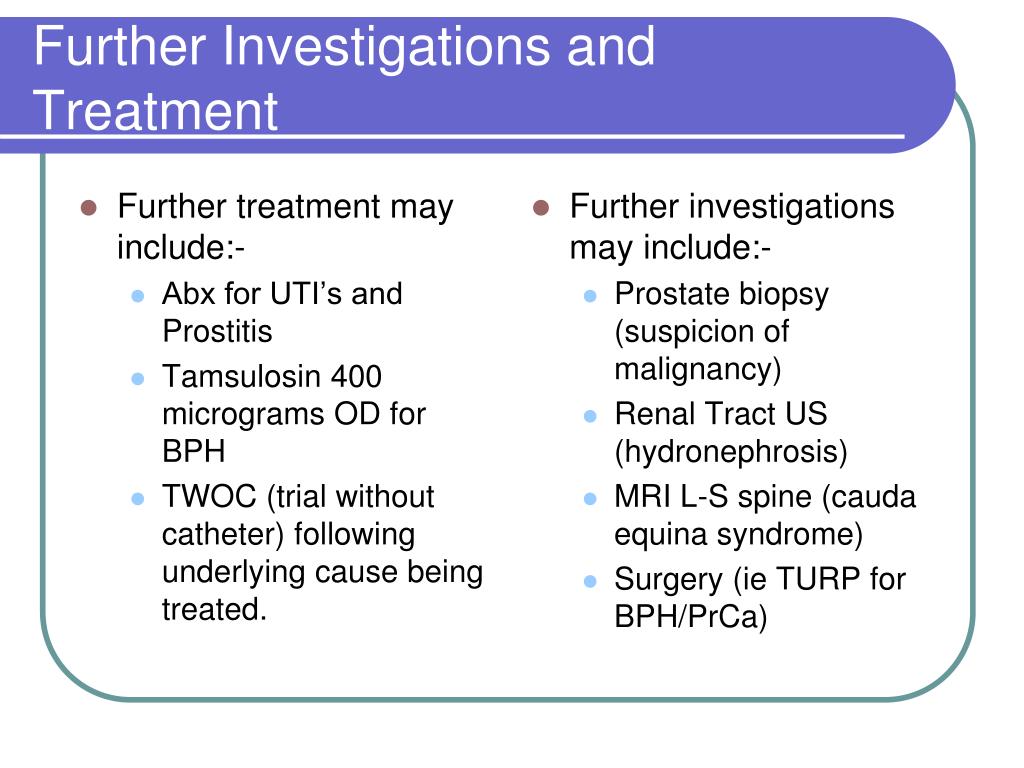
September 8, 2024
Understanding Fecal Urinary Incontinence After Pregnancy Postpartum Saint Luke's Health System
3 Reasons That Peeing Is A Problem After Maternity When you see your OB/GYN company at your postpartum check out, they'll ask exactly how you're really feeling, attend to any issues or unforeseen signs and symptoms and assess your recuperation process. Talking to your physician concerning all your signs and symptoms-- consisting of problems with urinary system incontinence-- is the very first step in obtaining the aid you need and stopping future Fecal and Urinary Continence medical issues. Christine Sugary food, that lives in Greater Manchester, delivered for the first time in June 2021. She was released from hospital concerning 24 hours after giving birth and place in the treatment of a neighborhood midwifery team. Studies tell us episiotomy may actually lead to more damage of the anal muscular tissues. If injury happens, control of the rectal muscular tissues may be partially lost, and incontinence of gas or stool may result. For these factors, it is probably best not to have a routine episiotomy at the time of delivery. Women require to talk about episiotomy with their doctors before the child is due.What Can I Do To Prevent Bladder Issues After Birth?
Nonetheless, most females that deliver vaginally continue to be continent, so no one is recommending that all women have cesarean areas to avoid the possibility of later incontinence. We plainly do not understand all the variables that determine that develops urinary incontinence, so cesarean area would not be required in lots of females with long or hard labors. With our existing understanding, many women would need to have cesareans in order to protect against one lady from creating incontinence. The extended discomfort and healing from cesarean at a time when the mom wants to be focused on taking care of her baby are likewise not in any person's best interest. The large bulk of ladies that deliver do not establish urinary incontinence. In most cases, the damage created by childbirth repair work itself with time as the cells undergo the typical healing procedure.- Lowered pelvic flooring muscle toughness because of the stretching of muscle mass during shipment can include in the problem also.
- We know since extended and challenging labors may bring about long-term nerve damages and weakening of the pelvic muscle mass and the supporting structures to the uterus, bladder and rectum.
- Few ladies choose these panties and thick pads, so loading this vital is necessary.
- The mom is usually asked to wait on a tightening to start, after that hold her breath, and bear down as hard as she can in order to press the child out.
What Is Urinary Incontinence?
This can be due to healing genital cells, thinning of the genital tissue because of hormone changes, or adjustments in the vaginal canal. Talk with your clinician if you are experiencing any of these signs. " My husband and I hadn't made love at that point due to the fact that I was still so terrified of what was happening with my pelvic area," she states. She was referred to a "back class", where women obtained with each other and did a circuit of back exercises, which aided enhance her core, but achieved little else. Physicians providing exams, pregnancy support and surgical procedure services. The mix of hormonal agents and stretched muscular tissues means the muscles that regulate your bladder are compromised. More than 60% of pregnancy-related fatalities are thought to be preventable. Anticipate any skin that got darker during pregnancy, such as dark patches on your face, to fade gradually too. If you're not nursing, use a bra that supports your busts, such as a sporting activities bra. Painkiller offered over the counter likewise can be practical.The Pelvic Floor After Childbirth
Most of females experience no residual impact within just a few months after giving birth. Almost fifty percent of all women who have a genital shipment show instant recovery of the nerves' capability to lug messages to the pelvic muscles, and 60% will have total resolution within two months. However, in some ladies, the hurt cells does not recover 100% of pre-labor toughness. For them, the possibility of urinary incontinence and the discomfort of pelvic prolapse creating later on in life are more usual. The contemporary movement of giving birth education is significantly vital in assisting to educate ladies concerning labor, giving birth, breastfeeding and caring for a newborn. Doctors seldom have time to speak with their individuals in any detail regarding the actions of labor and giving birth, and giving birth teachers fill this requirement well.How do you treat a woman that can not hold her urine?
Social Links